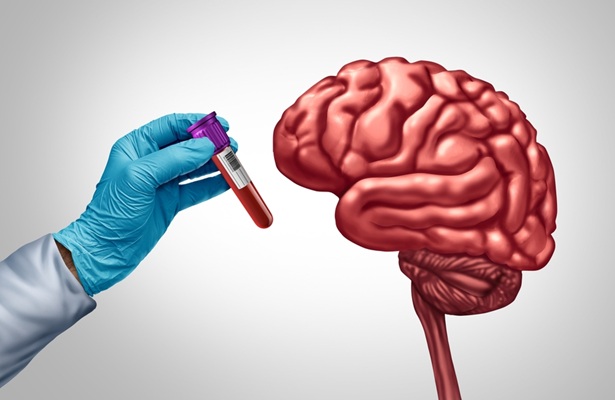Computational Tool Exposes Hidden Cancer DNA Changes Influencing Treatment Resistance
Posted on 24 Jun 2025
Structural changes in tumor DNA are among the most damaging genetic alterations in cancer, yet they often go undetected, particularly when tissue samples are degraded or of low quality. These hidden genomic shifts can drive aggressive tumor growth and complicate treatment decisions. To tackle this diagnostic gap, researchers have developed a new computational tool capable of identifying subtle but harmful genomic instability patterns from whole-genome sequencing data, even in low-purity or low-coverage samples.
The tool, named BACDAC, was developed by researchers at Mayo Clinic (Rochester, MN, USA) to improve the detection of large-scale chromosomal abnormalities that are typically missed in conventional analyses. BACDAC focuses on the concept of ploidy—the number of complete chromosome sets in a cell, which is often disrupted in cancer cells due to gains or losses of entire chromosomes. BACDAC works by scanning whole-genome sequencing data to detect abnormalities such as whole-genome doubling, a phenomenon where a tumor duplicates its entire genetic content. This kind of ploidy imbalance is often associated with more aggressive tumor behavior and resistance to treatment. The tool’s ability to identify these changes even in challenging samples makes it especially useful in clinical settings where tissue quality can vary. A unique feature of BACDAC is the Constellation Plot, a visual summary of a tumor's chromosomal structure that helps researchers and pathologists easily interpret whether a genome is stable or disrupted.

In a study published in Genome Biology, the research team applied BACDAC to over 650 tumor samples across 12 cancer types. The tool successfully flagged key structural abnormalities, including whole-genome doubling events. These findings not only demonstrate BACDAC’s analytical precision but also suggest its potential utility in understanding tumor behavior across various cancer types. Looking ahead, the research team plans to further validate BACDAC and evolve it into a diagnostic tool suitable for clinical deployment. By providing a clearer and more accessible view of a tumor’s genomic structure, BACDAC may enhance the accuracy of cancer diagnosis and enable more personalized treatment strategies, particularly for cancers driven by complex chromosomal changes.
"This tool lets us see a layer of the genome that's been invisible until now," says George Vasmatzis, Ph.D., a lead author of the study and co-director of Mayo Clinic's Biomarker Discovery Program. "We've spent decades studying the biology of genomic instability. This is the first time we've been able to translate that knowledge into a tool that works at scale."







 assay.jpg)






